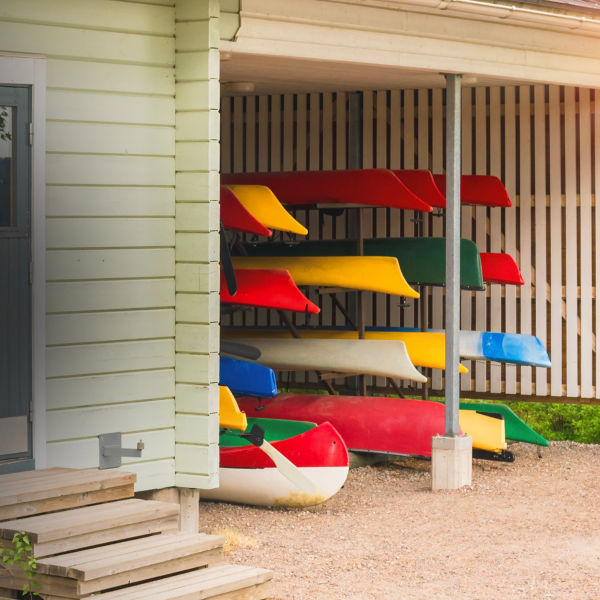
While you can cast a line from most any craft, today’s fishing-specific kayaks are especially suited to the task, making the pursuit of your target species even easier. No longer just a kayak with added rod holders, the market is now filled with better designs, new innovations, and endless ways to customize your floating fish platform. While shopping for one can be confusing, boil it down to how much you can spend and which waters you’ll be fishing most. If possible, try out a few different options before making your purchase.
Types
Angling kayaks vary just like the fish you’re after, from those with cockpits to sit-on-tops to inflatables. While “sit-inside” versions offer refuge from colder waters, most kayak anglers opt for plastic sit-on-tops for their open decks, the stability to stand, and ease of use—getting off in the shallows or climbing back on in the event of a capsize. But throw in hull shape, length, materials, plus the type of propulsion system (paddle, pedal, or motor), and there are other factors to determine your ideal fish-slaying sleigh.
Material
Plastic is the most common material for fishing kayaks for its price point and durability. The downside: It’s heavier, making some kayaks difficult to load and carry on a cartop rack. Some thermo- and blow-molded plastic options offer lighter variations. Fiberglass or composite, typically used for touring kayaks, is another option, but more expensive and easier to damage (however, it’s also easier to repair). Inflatables are another option. While reduced rigidity means less paddling performance, they roll up for storage in your car and garage back home.
Pedal vs. Paddle
This is a biggie. Many of today’s fishing kayaks have pedal-drive options, making for hands-free propulsion, which lets you troll and manage with your rod while moving. With forward and reverse modes (great for unsnagging a lure), they come with a removable “pod” that slides into the hull, most with a prop for propulsion (Hobie’s “Mirage” pedal-drive comes with fins). Simply insert the pod, hop in and pedal away, controlling the rudder with your hand via a lever by your seat. But pedal drives also add weight, plus you have to be careful not to hit the bottom with the prop or fins (they’re not the best choice for fishing shallow waters, but most pull up manually if needed). The alternative is using a paddle, which is simpler and less cumbersome, but can get in the way while fishing. Pedal drive or regular, most fishing kayaks have a place to store or lash your paddle while you fish and rig your gear (consider a paddle leash if there’s not).





















